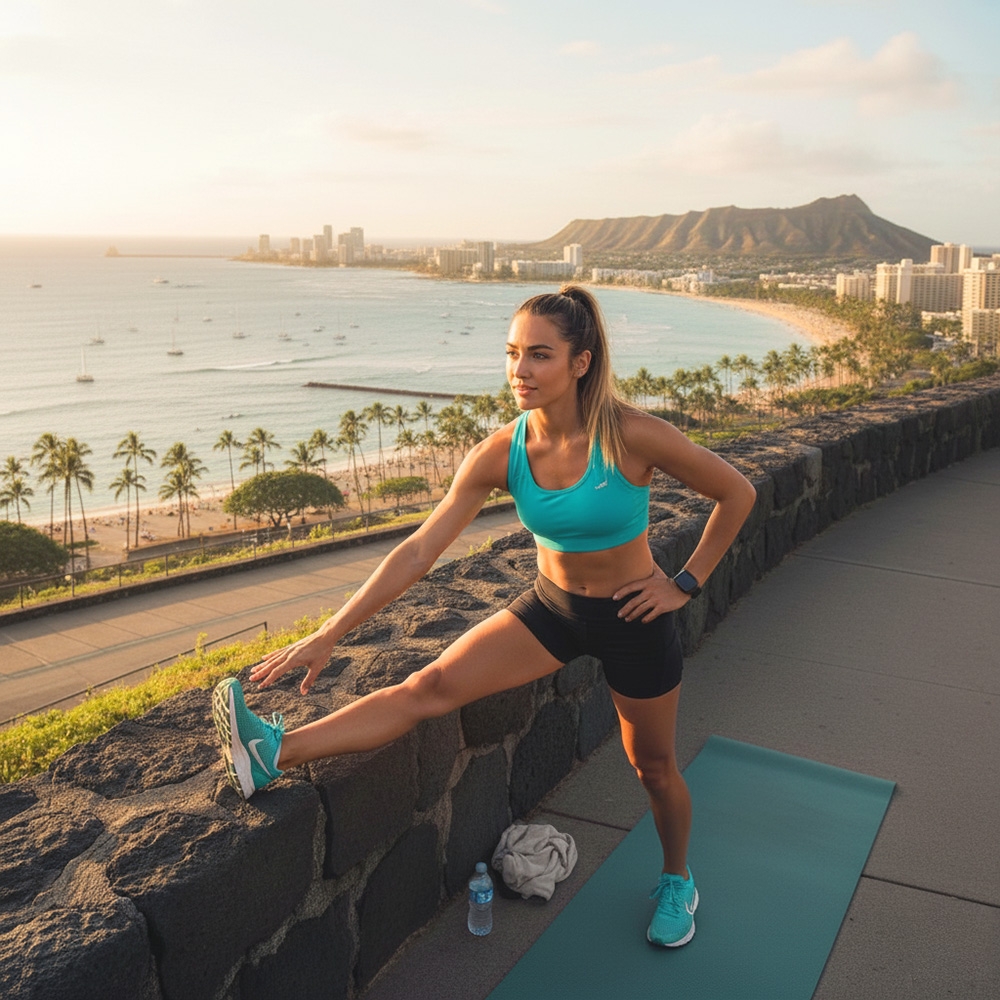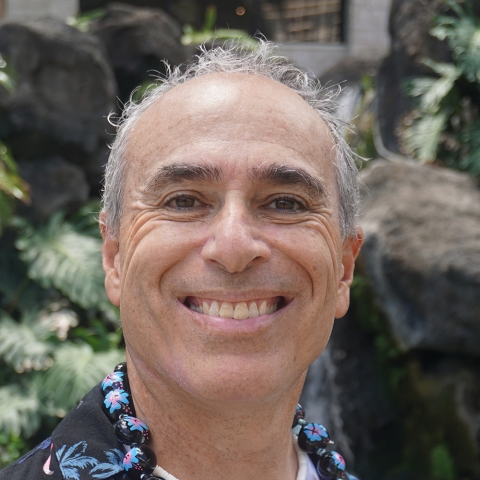
Massage Therapy Can Enhance Your Honolulu Marathon Training and Recovery
Regular massage helps runners prevent injuries, reduce muscle soreness and maintain the consistency needed to reach race day in peak condition
Key Takeaways
- Massage therapy increases blood flow to muscles, delivers oxygen and nutrients for recovery, and removes metabolic waste that builds up during long training runs.
- Schedule deeper tissue work three to five days after long runs during peak training, but switch to lighter maintenance massage in the final two weeks before race day.
- Sports massage therapists trained in running biomechanics can identify areas of tension before they develop into injuries, particularly in high-stress areas like the calves, IT band, hip flexors and lower back.
- Avoid booking deep tissue massage within 48 hours of the Honolulu Marathon, as your body needs time to recover from the treatment and you don't want to introduce muscle soreness right before the race.
- Massage works best when combined with other recovery methods including proper hydration, adequate sleep, stretching, foam rolling and appropriate rest days.
- Look for massage therapists in Honolulu who have experience treating runners and can adjust their approach based on where you are in your training cycle.
Training for the Honolulu Marathon requires months of dedication, with your body enduring thousands of steps across Oahu's scenic but demanding routes. While proper training plans and rest days form the foundation of marathon preparation, incorporating massage therapy into your routine can address the physical challenges that accumulate during the 12 to 20 weeks leading up to race day.
How Massage Supports Marathon Training
Massage therapy serves multiple functions for runners preparing for the December marathon. Getting a massage increases blood flow to muscles, which delivers oxygen and nutrients essential for recovery, while also removing metabolic waste products that build up during long training runs.
Regular massage can identify areas of tension or tightness before they develop into injuries. Many runners discover problem spots through massage that they might not have noticed during or after their training runs.
Massage therapy also helps maintain flexibility and range of motion in key muscle groups, including the calves, hamstrings, quadriceps, hip flexors, and lower back. These areas experience significant stress during marathon training, particularly as weekly mileage increases.
Timing Your Massage Sessions
When to schedule your massage appointments matters during marathon preparation. Sports massage therapists generally recommend different approaches based on where runners are in their training cycle.
During base-building and peak mileage weeks, deeper tissue work performed three to five days after long runs allows adequate recovery time. This timing gives muscles a chance to repair from the immediate stress of training while still providing benefits before the next hard effort.
As race day approaches, lighter maintenance massages become more appropriate. In the final two weeks before the Honolulu Marathon, gentle sessions help maintain muscle suppleness without introducing the soreness that deeper work can cause.
Avoid scheduling any deep tissue massage within 48 hours of the race itself. The body needs time to recover, and introducing muscle soreness immediately before the marathon can affect your performance.
Types of Massage for Runners
Sports massage specifically addresses the needs of athletes and differs from general relaxation massage. Therapists trained in sports massage understand the biomechanics of running and common injury patterns.
Deep tissue massage involves applying sustained pressure to reach the deeper layers of muscle and connective tissue. This approach is effective in addressing chronic tension and breaking up adhesions that develop from repetitive motion.
Trigger point therapy targets specific areas of muscle tightness. Many runners benefit from this focused work on problem areas like the IT band, piriformis, or plantar fascia.
Swedish massage uses lighter pressure and longer strokes. While less intensive than sports massage, it still promotes circulation and can serve as effective maintenance between harder training blocks.
Common Problem Areas for Marathon Runners
Certain muscle groups consistently require attention during marathon training.
Your calves work constantly during running, and can develop tightness that affects gait.
The IT band, which runs along the outside of the thigh, often becomes problematic as training volume increases. While the IT band itself is too tough to massage directly, therapists can work on the surrounding muscles to reduce tension.
Hip flexors tighten from the repetitive motion of running and from time spent sitting. Tight hip flexors can alter running form and contribute to lower back discomfort.
The lower back supports the body during thousands of running strides and can develop tension, especially in runners who spend their non-running hours at desks.
Combining Massage With Other Recovery Methods
Massage is most effective when used as part of a comprehensive recovery strategy.
Proper hydration, adequate sleep, and good nutrition remain fundamental to marathon preparation.
Stretching and foam rolling complement massage therapy by helping maintain the benefits between appointments. These self-care practices can extend the effects of professional massage work.
Ice baths or contrast therapy may also support recovery, particularly after long runs or intense speed work. Discuss the combination of recovery methods with your massage therapist to ensure they work together effectively.
Finding Qualified Practitioners in Honolulu
Look for massage therapists with experience treating runners or athletes.
There are practitioners in the Honolulu area, like Island Family Chiropractic, who specialize in sports massage and understand the specific demands of marathon training.
Ask about their familiarity with common running injuries and their approach to working with athletes during training cycles. A qualified therapist should inquire about your training schedule, upcoming races, and any areas of concern you've experienced.
Consider scheduling an initial appointment early in your training cycle to establish a relationship with a therapist who can track your progress and adjust treatment as your needs change.
Listening to Your Body
While massage offers many benefits for marathon training, it should support rather than replace rest when your body signals the need for recovery.
Fatigue, persistent soreness or minor aches may indicate that additional rest serves you better than another training run or massage appointment.
Pay attention to how your body responds to massage. Some soreness in the 24 to 48 hours after deep tissue work is normal, but sharp pain or significant discomfort suggests the pressure was too intense or the timing was wrong for your training schedule.
Marathon preparation requires balancing training stress with adequate recovery. Massage therapy, when integrated thoughtfully into your routine, can help you navigate that balance and arrive at the Honolulu Marathon starting line healthy and prepared to run your best race.

